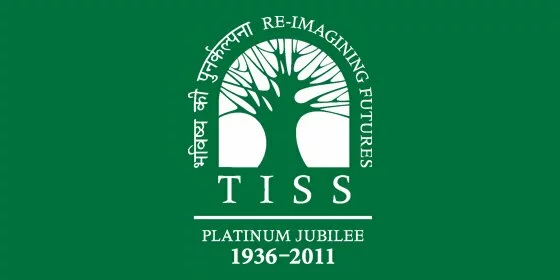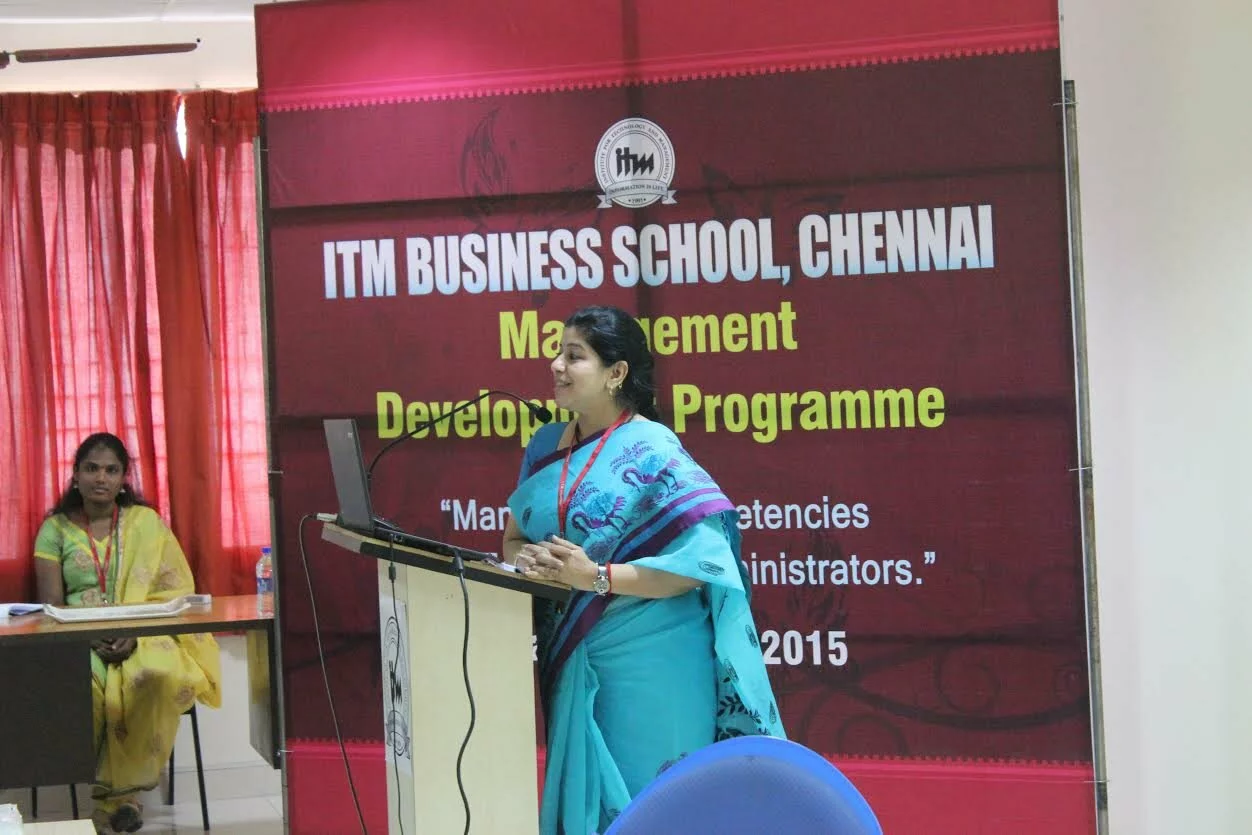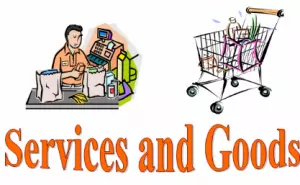HISTORY OF THE GST:
In 2000 the Vajpayee Government initiated the discussion on the prospect of having a composite Tax structure like the GST and set up an Empowered Committee designating the then Finance Minister of West Bengal Mr. Asim Dasgupta to head the same. The task assigned to him was to design a GST Model and overseeing the IT back-end preparedness for its rollout.
Considered a major improvement over the preexisting Excuse duty and Sales Tax at the National and State levels respectively; it was viewed as a significant and comprehensive Indirect Tax Reform for the Country.
Many years pursuant to the idea and discussion being originally mooted , the then Union Finance Minister Mr. P. Chidambaram in 2006 during his 2007-2008 Union Budget speech stated that their Government would introduce GST from April 1, 2010 keeping the objectives with which it was initiated by Mr. Vajpayee in mind. An Empowered Committee (EC) {comprising of State Finance Ministers} was formed to work with the Centre to prepare a road map for the Introduction of GST in India.
Following this a Joint Working Group (JWG) was set up in May 2007. The JWG consisted of the Advisor to the Union Finance Minister, Member Secretary of the Empowered Committee as Co-Convenors along with the Joint Secretary Revenue Ministry of Finance and State Finance Secretaries. The JWG worked closely with the experts and Industry Representatives before submitting their Report in November 2007.
The Final version after due modifications based on written observation from States was put before Government of India (GOI) on 30th April 2008 and GOI’s comments thereafter were duly considered & incorporated by the JWG and EC on 16th December 2008.
Although the Tax Rate under the GST was expected to come down the revenue to the exchequer would have increased on account of the increase in the number of Assessees GST would cover. An IT SPV called GSTN (Network) was contemplated for ensuring smooth implementation of the proposed tax. The three stakeholders being the Centre, States and NSDL as the Technology partner.
It was hoped that GST would roll out in April 2012 but soon became evident that it wouldn’t when then Chairman Central Board of Excise and Customs (CBEC) said whilst addressing a National Conference on GST that “There is no need for alarm if GST does not roll out in April 2012”.
CONSTITUTIONAL AMENDMENTS:
The Constitution (115th Amendment) Bill 2011 sought to introduce the Goods & Services Tax to give concurrent Taxing powers to Union and States. This Bill recommended setting up of a Goods & Services Tax Council and a Dispute settlement Authority.
HIGHLIGHTS OF THE BILL:
- To amend the Constitution to Provide for introduction of GST
- To allow both Parliament and State Legislatures to frame laws w.r.t. GST and for Parliament to have exclusive power to levy GST on imports and Interstate trade
- To create a council comprising of Union Finance Minister, Union Minister of State for Revenue, State Finance Ministers to make recommendations w.r.t. GST
- To provide for a Dispute Settlement Authority to settle disputes between Centre and States as well as for Appeals against such Authority to lie with the Supreme Court.
- To exempt certain items including petroleum products and alcohol
An examination of the highlights brought to light certain key issues. Those being:
- That the GST Council decides tax rates and disputes if any were to be adjudicated by the Dispute Settlement Authority. What would the impact of the Judicial and Executive arm‘s involvement have on the right of the Legislature?
- Although it provided to amend the Constitution for Parliament and State Legislatures to both frame laws w.r.t. GST; it overlooked to specifically provide for Parliamentary supremacy given that the Constitution overrides Parliament
- The recommendations of the 13th Finance Commission were ignored whilst excluding certain commodities from GST (in fact were contrary to the recommendations of the Commission)
- Decisions of the Council had to be based on a Consensus. “Consensus” however was left undefined leaving it ambiguous as to whether “consensus” was meant to be taken as a unanimous decision with no “nays” or just a clear majority.
- The Bill constitutionally required a “Union Finance Minister” and “Union Minister of State in charge of Revenue” which indirectly or “accidentally” undermined the flexibility of the Prime Minister in forming a Council of Ministers.
The idea however has been pending since 2006 and its roll out delayed for lack of consensus among States on issues of the exemption list, revenue neutral rate, threshold & compensation.
The Bill was thereafter introduced in the Lower House of Parliament by the NDA Government’s Finance Minister Mr. Arun Jaitley in December 2014.
The GST Bill or the Constitution (122nd Amendment) Bill 2014 would be a Value Added Tax (VAT) which the Government hopes to implement from April 2016. It is meant to be a comprehensive indirect tax levy on manufacture, sale & consumption of goods as well as services on a pan India basis. It will thus replace all indirect taxes levied on goods and services by Central & State governments.
GST will be implemented concurrently by Central and State Governments as Central GST & State GST respectively. Exports will be zero rated and taxes on imports will be the same as levied on domestic goods & services based on the “destination principle”
Government has introduced the Revised GST Bill trying to accommodate the key demands of the States. One of them being to keep petrol and petroleum products and alcohol out of the purview of GST. Government has met these demands partially as the Revised Bill keeps petrol and petroleum products within its ambit but has kept alcohol outside its purview as they feel “this arrangement will be more GST and business friendly”.
The product will be taxed at Zero rate and both States as well as the Centre would continue to levy Sales tax, VAT & Excise duty respectively as per a government spokesperson.
“The proposal to drop the Dispute Settlement Authority as demanded by States has been dropped in the Revised Amendment Bill and a floor rate with bands to allow States the freedom to have a high or low rate has been included” as per an official’s statement.
The Revised Bill will also include Entry tax in lieu of Octroi which was earlier kept out. This they believe will mitigate distortions to a large extent.
Ultimately the aim of GST is to virtually subsume most of the Indirect taxes at the Central and State level.
A brief look at the possible reasons why Mr. Arun Jaitley has hailed GST as the Biggest Tax Reform since Independence.
- GST will cut down the number of taxes imposed by Centre and the States leading to a unified market condition thus facilitating seamless movement of goods across States. This will also help in reducing transaction costs of Businesses.
- The existing Central taxes include excise duty, service tax& additional customs duties. State taxes consist of entertainment tax, luxury tax, lottery taxes, electricity duty, CST Octroi & VAT. GST will amalgamate all taxes into one unified tax making India a single unified national market.
- Whilst introducing the Bill in the Lok Sabha the FM said that Implementation of GST can lead to a 2% increase in the Gross Domestic Product (GDP); a claim backed by Economists and Analysts alike
- GST will simplify taxation, reduce incidence of double taxation and burdens of tax compliance. It is expected to improve transparency & efficiency thus hopefully serve to curb corruption while making India a more competitive and market oriented economy.
- Consumers will pay one single tax and prices of goods and services as well will reduce in the long run simultaneously increasing the efficiency in delivery of the same.
- Liqour has been completely kept out of GST, petroleum products like petrol & diesel will be part of the Bill from a date yet to be decided by the GST Council. (2/3rd of the Council Members representing States)
- The Bill provides for an additional 1% tax over GST leviable by States where the goods originate from to compensate for any loss of revenue for the first two years.
- A Revenue Neutral Rate (RNR) has been worked out and pegged at 27% RNR is the rate at which there will be no loss of revenue to States after GST implementation.
* RNR has as of now not taken the inclusion of petroleum products into account.
Despite the efforts to push the Bill through in the Rajya Sabha on the May 11,2015 (after having passed it in the Lok Sabha the earlier week) the BJP led NDA have had to accept and contend with the fact that both the GST as well as the Land Acquisition Bill will have to wait for the monsoon session of Parliament to see them through. On May 12, 2015 Government agreed to refer the GST Bill to a Select Committee of the Rajya Sabha as they also acceded to the demand of setting up a 30 member Joint committee of Parliament to look into the Land Bill.
The NDA government has been successful on many fronts notably the Land Boundary Constitutional Amendment, unprecedented foreign investments especially in Insurance,
and Prime Minister Modi’s exceptionally positive visit 3 Nation tour. On May 15, 2015 he marked his one year in office in China by inking 21 MOU’s to bring in $22 billion, a visit described by businessmen there “as a green light has been switched on”. Not to mention his Mongolian visit; the first by any Indian Premier where ties were upgraded to “strategic partnership” to deepen Defence cooperation and potential tie-ups in the future in sensitive areas like the civil nuclear sector. South Korea has agreed to upgrade their bilateral relationship with India to “Special Strategic Partnership” and have entered into a mutual understanding to review the Comprehensive Economic Partnership Agreement by June 2016, ensure India is a member of all four multilateral export control regimes and to formalise consultations between National Security councils of the two nations. Notwithstanding any of this somehow GST transcends all of these achievements as many seem to judge the success and effectiveness of this government with the passing of the GST Bill.
The Congress along with other Opposition Parties have tried to stress this as the inability of the NDA Government although the NDA managed to push it through the Lok Sabha and in all likelihood would have seen it through the Rajya Sabha too but for lack of numbers in the Upper House and the stalling tactics and walk out of the Opposition.
Having said that there have been some Members of the BJP led NDA who have conveyed their preference that the GST Bill be forwarded to a Select Committee of the Rajya Sabha.
NDA has to hope that the States ratify the Constitutional Amendment in the Monsoon session come August to be in a position to roll out the Bill by April 2016.
WHY DOES IPLEMENTATION OF GST ASSUME SUCH IMPORTANCE?
An argument in favour of GST can be drawn from the parallel one can draw from the Federal manufacturers’ Sales tax in Canada which was replaced by GST and which was similar to the CENVAT in India. The estimated increase in GDP with the introduction of GST was 24% with a substantial increase in National Income from greater productivity and elimination of tax cascading (tax on tax).
This example is suggestive of the potential and enormous benefits to the Indian economy which is anticipated at $US 15 Billion per annum. Indeed a staggering statistic and no surprise then why most analysts are of the opinion that it should be implemented at the earliest.
Nevertheless the rate of GST is equally important and though it has been proposed at 27% the Council may peg it down to 18%.
The rate contemplated at 27% is higher than the rate prevalent in all countries including Pakistan where it is 18%. Singapore and New Zealand tax everything under one single rate (7% &15% respectively). Other Countries do have various ways of applicability and only Sweden and Denmark are at 25% which is closest to our proposed rate of 27%.The system proposed to be adopted in India is the dual GST model which some Critics feel may not be as effective as the single GST system followed across the world as they feel CGST, SGST, IGST are nothing but replacements for Central Excise/Service tax, VAT & CST.
VAT has never been used for levy of Service tax and the CENVAT Credit Rules 2014 are ambiguous on Input Credits. It is bound to lead to anomalies between the definition of manufacture & value additions vis-à-vis Excise and Service tax with respect to GST.
As per the existing Rules Input Credit is not available for “any goods which have no relationship whatsoever with the manufacture of the final product” Under excise laws there has to be a change in the ultimate form of a product to fall under manufacture and “services used primarily for personal use or consumption of any employee”.
Therefore it is absolutely essential that the GST Act read with the Rules and their complexities should be juxtaposed with the complexities and intricacies of the existing laws that GST will subsume for the optimal effectiveness and efficiency of the same.
On the NDA Government completing one year, Finance Minister Mr. Arun Jaitley on May 17, 2015 outlining the economic Road map for the second year reiterated their intent in making taxation more reasonable. He further stressed on the Governments’ priority being their commitment to improve the ease of doing business and maintaining the pace of Reforms.
Both these foregoing statements reinforce the need for the GST Bill being passed and implemented and also obliquely suggests that resistance against passing of the Bill based on legitimate grounds and justifiable reasons will be considered and appropriate steps taken to resolve the same before being taken up in the next session of Parliament.
Author
Sumana Vyas : Sumana has been a senior level executive with large consulting firms, focused on corporate strategy &development with a strong orientation in Finance, Law and Operations. She has consistently delivered mission critical results and has specialized in Growth Management and Business Development interacting with Government departments both at the central and state levels. In her last assignment, she was the CEO of CREDAI, Chennai & Credai Tamil Nadu




















